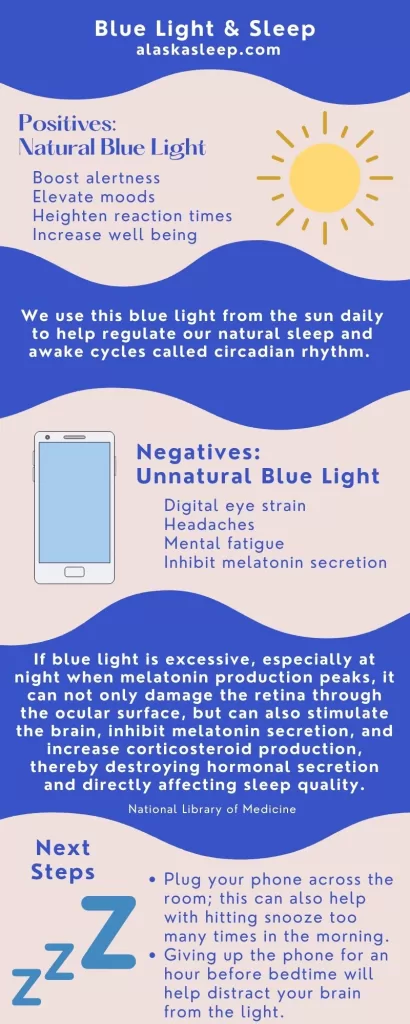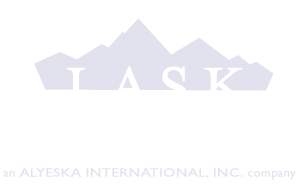
With 71 percent of Americans sleeping with their phone in bed or on the nightstand, the blue light from the screens can emit unneeded light that prevents our brains from shutting down. But we should also not be confused with eliminating blue light altogether. Light therapy treats seasonal affective disorder (SAD) and uses blue light.
Ever wonder what makes the sky blue? It is blue light from the atmosphere and comes in a natural, non-harmful way. According to Blue Light Exposed, “When outside, light from the sun travels through the atmosphere. The shorter, high energy blue wavelengths collide with the air molecules causing blue light to scatter everywhere.”
On the other side of the coin, blue light electronically is unnaturally exposed through cell phones, laptop computers, energy-efficient fluorescent bulbs, and LED lights. One of the top concerns is digital eye strain.
Mitigating the Effects of Blue Light
The most effective way to reduce exposure to blue light in the evening is to simply turn off the sources. This means dimming or reducing LED and fluorescent lighting in your home and turning off electronic devices after it gets dark outside.
Specialty glasses may also be helpful in reducing exposure to blue light. While they may not work for everyone, blue light blocking or amber glasses can reduce the melatonin-suppressing effects of bright light.
It may not always be feasible to turn off sources of blue light after dark, but there are a variety of ways to reduce blue light exposure that may be interfering with your sleep.
- Make it a routine: Set an alarm that reminds you to turn off electronics two to three hours before bedtime.
- Use a different lamp: If you enjoy reading in bed, try a lamp that emits red or orange light rather than blue.
- Learn to dim: Dim the brightness of your electronic screens, or use the “night mode” feature found on some devices.
- Try an app: If you need to use devices before bed, try out one of several smartphone and computer applications that can help reduce blue light emissions.
- Improve your sleeping environment: If there are light sources in your bedroom that you are unable to dim or turn off, try using an eye mask to block them out once you are in bed.







